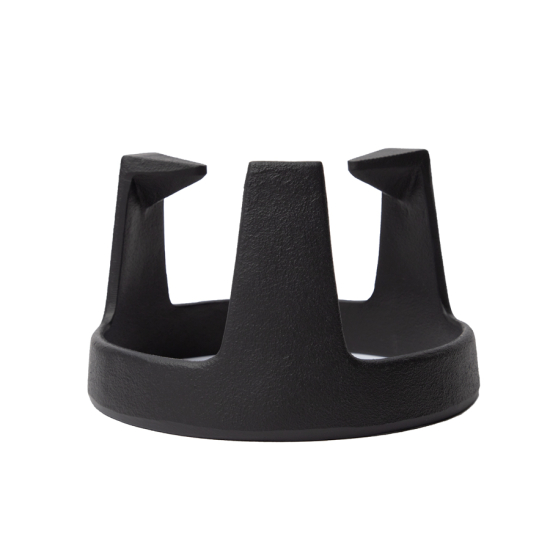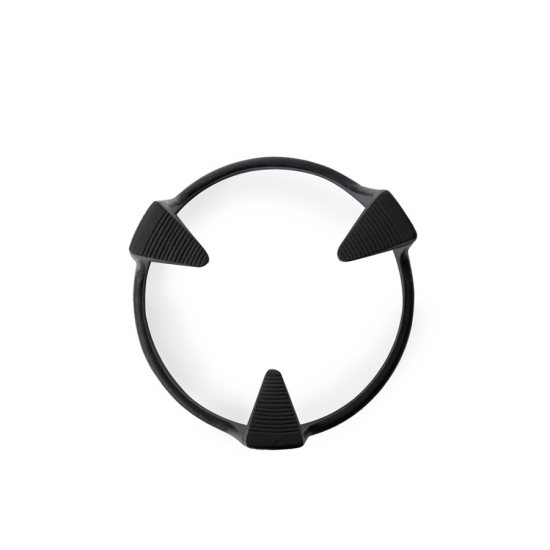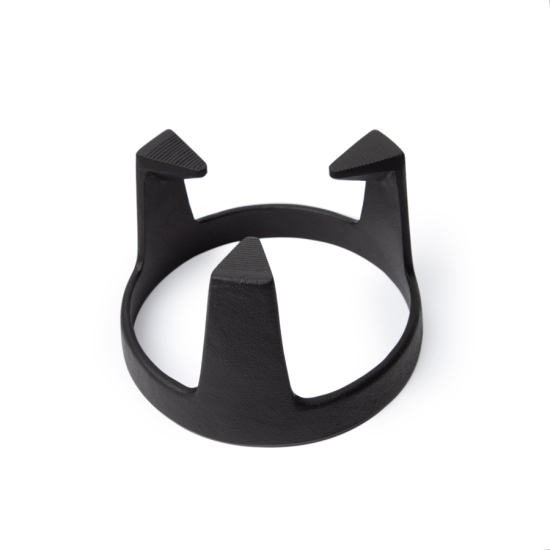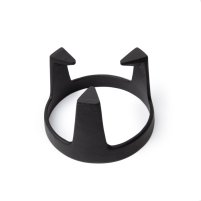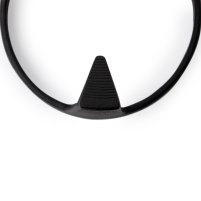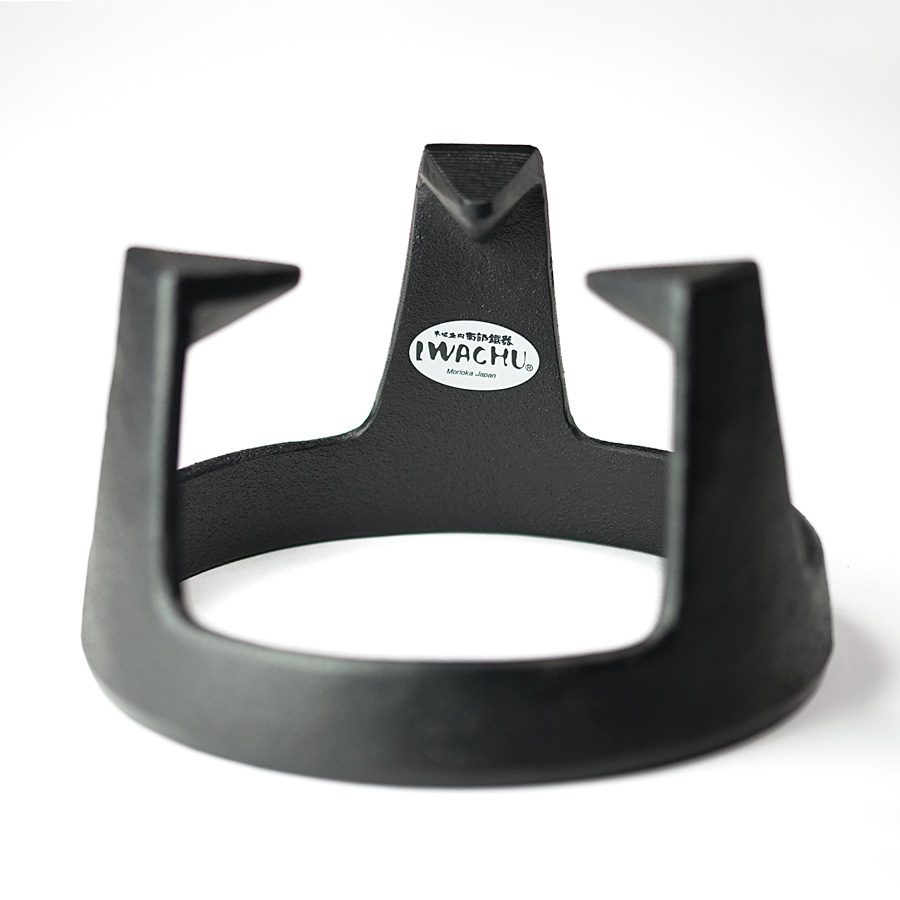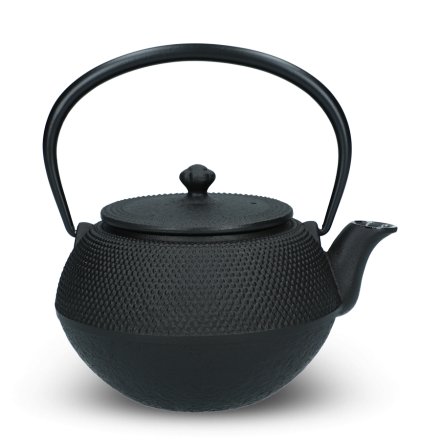The origins of Nanbu Tekki, or Nanbu ironware, can be traced back to the mid-17th century, when the Nanbu samurai clan were in need of Buddhist altars, bells and chagama teapots to furnish their newly built castle in Morioka, Iwate Prefecture, and so invited skilled metal casters from across the country to lend them a hand. Although the name Nanbu is written in kanji as "southern region", the clan ruled in the north of Japan, where materials needed for ironwork were naturally abundant. Highly durable, Nanbu Tekki is often deemed the best metalwork in Japan and makes beloved heirlooms—particularly cast iron kettles, or tetsubin, which are also highly sought after by collectors around the world. In 1975, Nanbu Tekki was designated the first certified Traditional Craft of Japan. The name Nanbu Tekki refers exclusively to cast iron products made in the cities of Morioka and Oshu.



